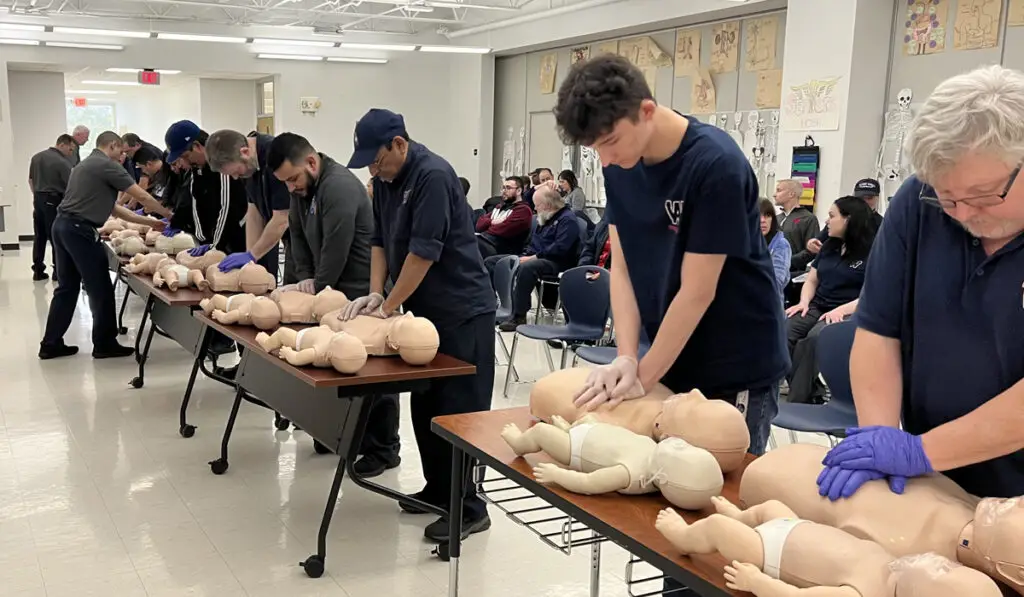
First Aid 101: The Essential Skills Of HeartSaver CPR And AED
Learn The Must-Have Skills Of Heartsaver CPR And AED To Save Lives
Heartsaver CPR and AED are the best for anyone wanting to learn in one complete program. You can be sure that experienced, certified firefighters and paramedics will teach you the best skills with Illinois Safety. Our first aid cpr online classes will ensure your staff is ready to handle any emergency with our real-world experience. Call us at (630) 290-4280 or fill out this form to learn how to save a life.
5 Essential Skills Of Heartsaver CPR And AED
CPR and AED are two important skills to save someone in a heart emergency. Thousands of people have a heart attack outside of the hospital in the US each year. If you do CPR, it can help someone to have a better chance of living. Here are the essentials that you need to know:
1. Recognizing A Cardiac Emergency
It is important to know when someone has a heart emergency. A heart attack can make you feel chest pain, have trouble breathing, feel dizzy, or even faint. Early recognition of these symptoms is crucial for timely intervention and better outcomes.
2. Calling Emergency Medical Services
If someone has a heart emergency, it is very important to call 911 right away. That way, help can come right away. The sooner the EMS arrives, the better the chances of survival. If you do not know how to do CPR, the person on the phone can help you until the ambulance comes.
3. Performing High-Quality CPR
When doing CPR, do your best. This is important! It is when you push on someone’s chest and blow into their mouth. This helps get oxygen to important body parts, like the brain. The AHA says to do chest compressions on someone’s chest 100-120 times a minute. Your hands need to be in the right spot, and you should press down at least two inches deep. Let go after each push so the chest can bounce back up.
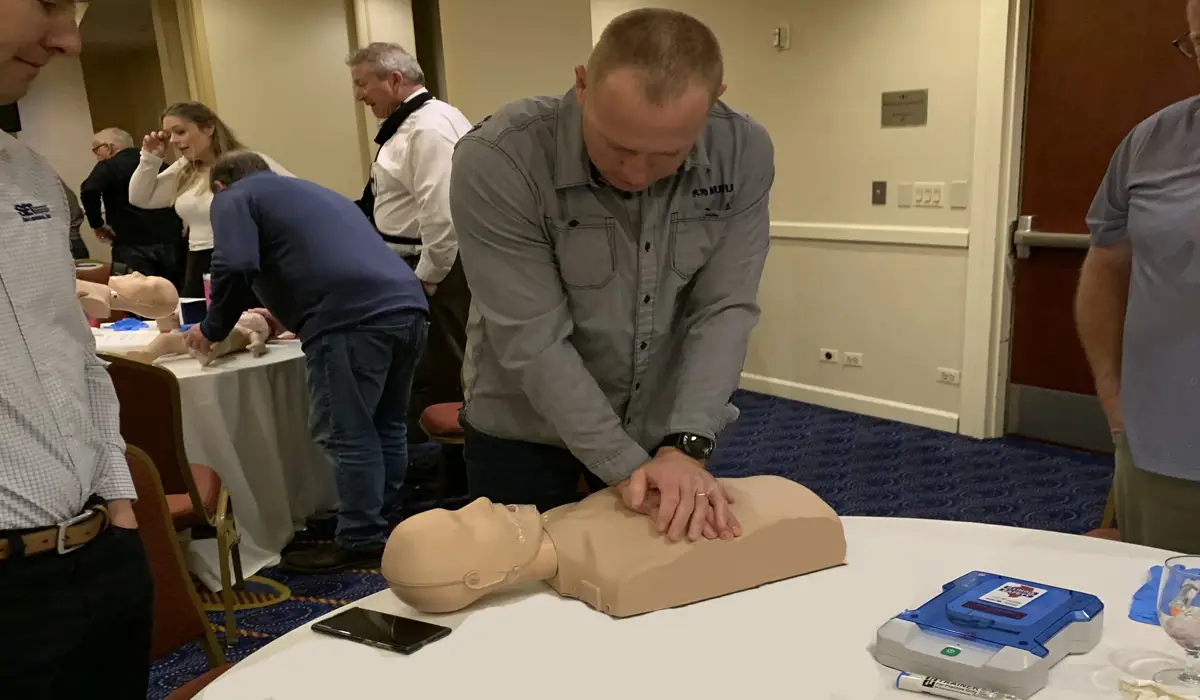
4. Using An AED
The fourth vital skill of Heartsaver CPR and AED is using an AED. It is a machine that helps your heart in an emergency. It sends electricity to your heart if it stops beating. Knowing how to use it properly is essential. The AHA says to put pads on their chest without a shirt. Listen to what the AED says, and don’t touch them while they get shocked.
AED stands for Automatic Electric Device. It is a machine that sends electricity to your heart if it stops beating. It is easy to use and comes with instructions that show you how. Even someone without medical help can understand the instructions.
Here are the steps to using an AED:
Step 1: Turn On The AED
Once you have the AED, could you turn it on? Most of them have a button that you can press to activate the device. Once started, it will give you clear and concise instructions on what to do next.
Step 2: Prepare The Person For The Shock
Remove any clothing from the person’s chest to expose their bare skin. If the person has a lot of chest hair, you may need to shave the area where you will place the pads. If the person is wet, use a towel to dry their chest. This is because the machine won’t work if it’s too wet.
Step 3: Apply The Pads
Take the pads from the AED, and remove the plastic backing. One pad should be placed on the upper right side of the person’s chest, just below the collarbone. The other pad should be placed on the left side of the chest, just below the nipple. Follow the pictograms on the cushions to ensure that they are set correctly.
Step 4: Analyze The Heart Rhythm
Once the pads are in place, the AED will analyze the person’s heart rhythm. When using the AED, keep your and everyone else’s hands away from the person. The device will determine whether a shock is necessary or not. They will alert and prompt you to administer the shock if a surprise is needed.
Step 5: Deliver The Shock
If the AED advises you to deliver a shock, ensure no one touches the person, and then press the shock button. The AED will tell you when to provide the shock and when it’s safe to feel the person again. The shock may cause the person’s body to twitch or convulse, but this is normal.
Step 6: Perform CPR
If the AED does not advise a shock or after a shock has been delivered, the AED will prompt you to perform CPR. Follow the instructions for performing until emergency services arrive.
Using an AED is easy, and anyone can do it. It does not matter if you have medical training or not. If someone has a heart attack, act quickly!
5. Providing Care To Choking Victims
Choking happens when something blocks the airway. This could be food, an object, or a liquid. When this happens, you need to know what to do. Knowing the proper techniques to clear a choking person’s airway is crucial. The AHA suggests doing belly thrusts or the Heimlich for adults and children. For babies, do special techniques.
This training teaches you how to help someone with a heart emergency. Understanding these skills can save a life during a cardiac emergency. It is important to practice what you would do in an emergency. This way, you are ready if it ever happens. So take a heartsaver cpr classes near me!
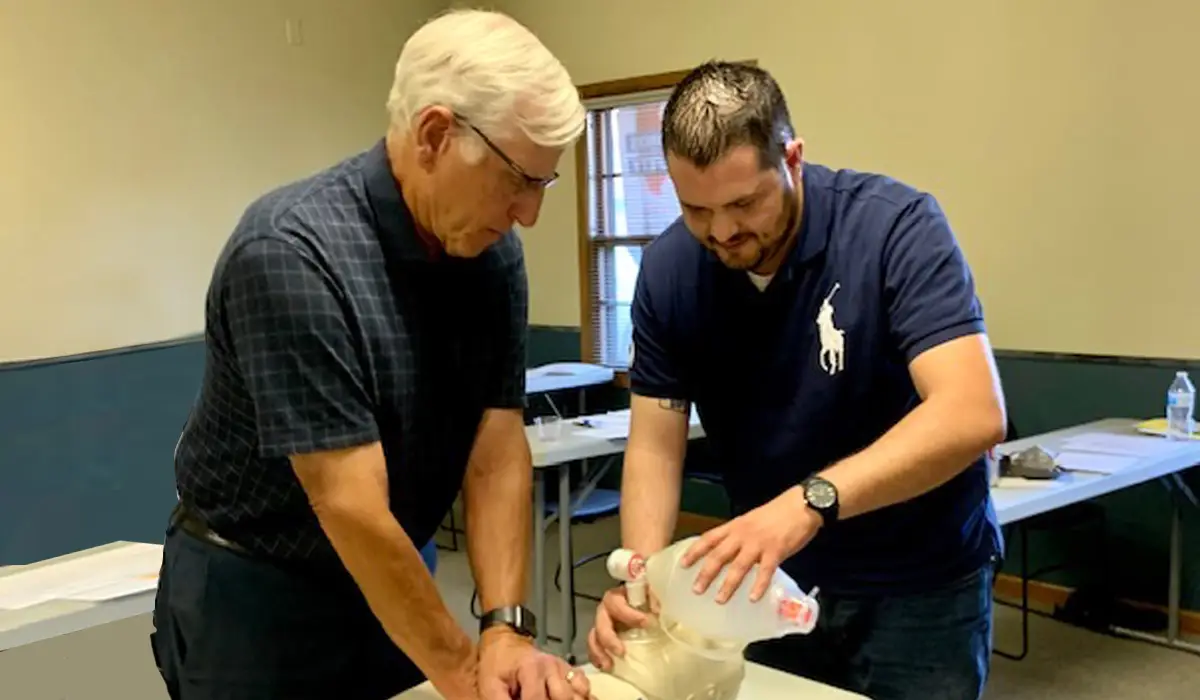
Important Things To Remember When Giving CPR
CPR is a way to save someone’s life if they stop breathing or their heart stops. You push down on the chest and breathe in air. This sends oxygen around the body until help comes. It is a vital skill that can mean the difference between life and death in an emergency. However, knowing how to perform it correctly is crucial. Here are the most important things to remember when giving CPR:
• Begin With An Assessment Of The Situation
Before you begin CPR, it is essential to assess the situation to ensure that the person needs it. Check if the person is breathing or moving. If they are, call for help right away. If the person is unresponsive and not breathing or gasping, begin immediately.
• Focus On Compressions
The most critical part of CPR is chest compressions. Put your hands on the person’s chest. Kneel beside them. Push down hard and fast in the center of their chest. Push down firmly and quickly at 100-120 compressions per minute. It is essential to keep the chest compressions going until medical help arrives.
• Rescue Breaths Are Important
Rescue breaths are the second part of CPR. Do 30 chest compressions. Then tilt the person’s head back and lift their chin. This will help them breathe. Pinch their nose shut and give two rescue breaths, each lasting one second. Watch for the chest to rise and fall with each breath.
• Stay Focused
During CPR, it is crucial to stay focused and not give up. Doing this can be challenging. Keep going until a doctor comes. Ask someone else to call for help if one is near.
• Practice And Training Are Crucial
The most important thing to remember when giving CPR is to practice and get trained. It requires a specific set of skills to be mastered through practice. Consider taking a this course to learn the proper technique and update your skills.
When giving CPR, remember to stay calm. Push hard on the chest and give breaths. It is important to practice it often to help in an emergency. You could save someone’s life! If there is an emergency, check what is happening. Call for help and wait until they come.
CPR is a skill that can save lives and make the difference between life and death. Remembering the right steps and techniques is important because you could save someone’s life. Illinois Safety is committed to giving the best and most up-to-date training available. A real-life firefighter or paramedic teaches our American Heart Association HeartSaver First Aid course based on videos.
We provide classes for colleges, schools, corporate businesses, gyms, daycare centers, and other areas. Let us help you get ready and trained in CPR and First Aid so you can confidently have your cpr aed and first aid certification online. Call us at (630) 290-4280 to enroll with us and start saving a life today!
Illinois Safety Classes Are As Follows:
Other Articles We’ve Hand-Picked For You:
Frequently Asked Questions
When a person is unresponsive and not breathing or is not breathing normally, CPR should be performed.
The ABC approach, which stands for Airway, Breathing, and Circulation, is the order in which CPR steps should be taken.
The compression rate should be between 100 and 120 compressions per minute.
The compression-to-rescue-breath ratio should be 30 compressions to 2 rescue breaths.
An AED’s purpose is to reestablish a normal heart rhythm in a person who has undergone cardiac arrest.
1- First, pllace the heel of one hand in the center of the person’s chest.
2- Next, place the other hand on the first hand.
3- Lastly, pressing down at 100-120 compressions per minute is the proper technique for chest compressions.
Giving rescue breaths requires tilting the person’s head back, lifting the chin, pinching the nostrils shut, and taking two one-second breaths.
The return of a normal heart rhythm, breathing, and pulse are all signs of successful CPR.
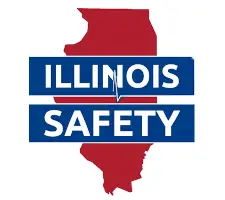
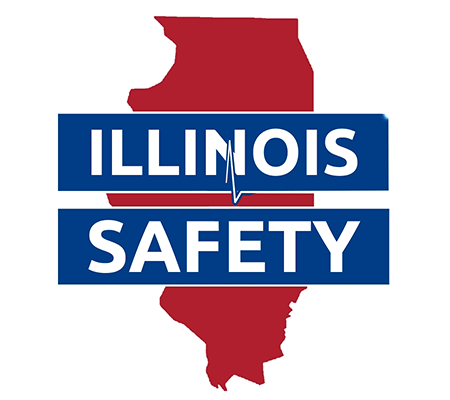
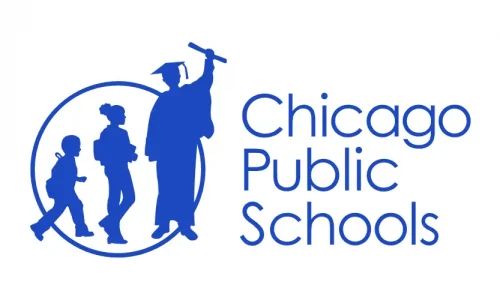






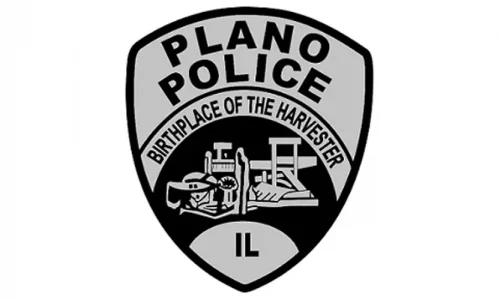

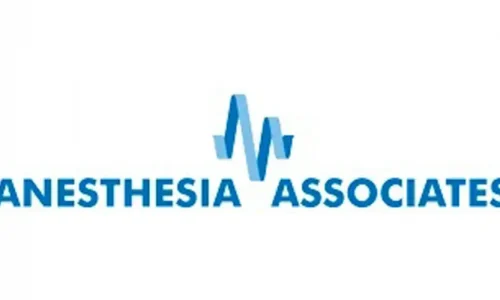
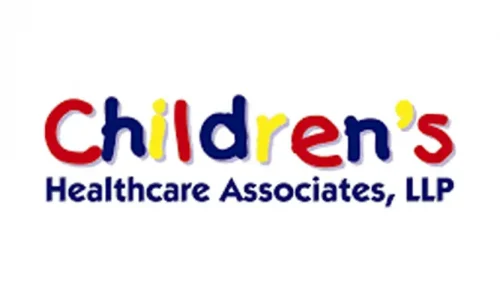




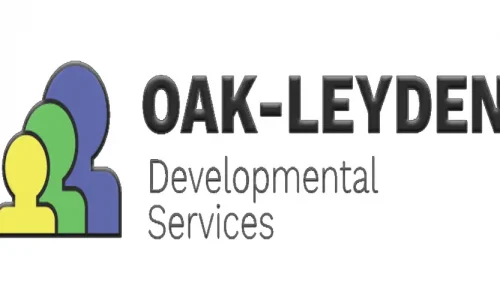


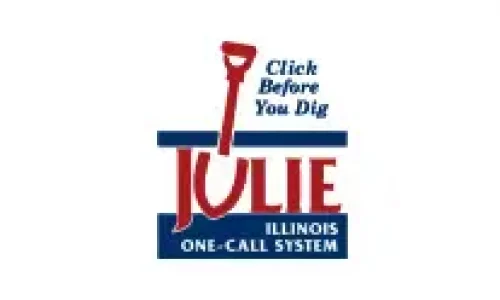


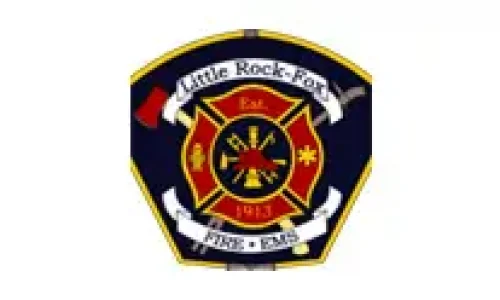





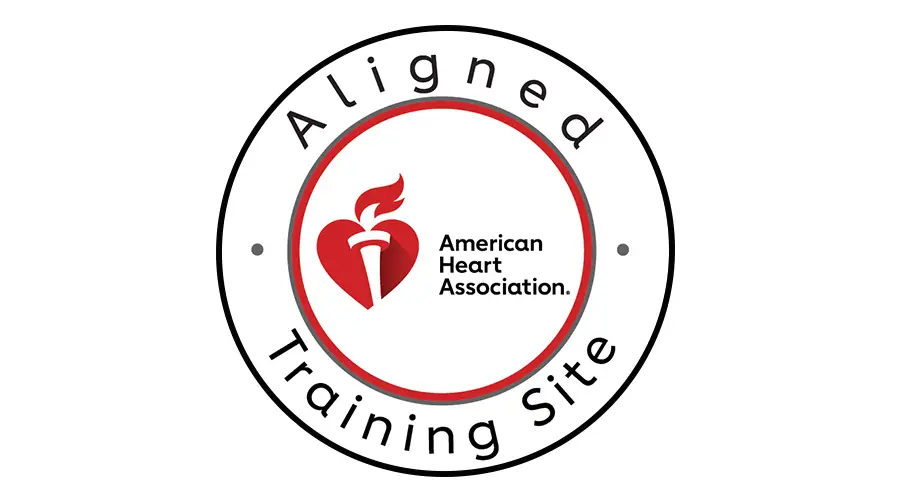
 Powered by
Powered by